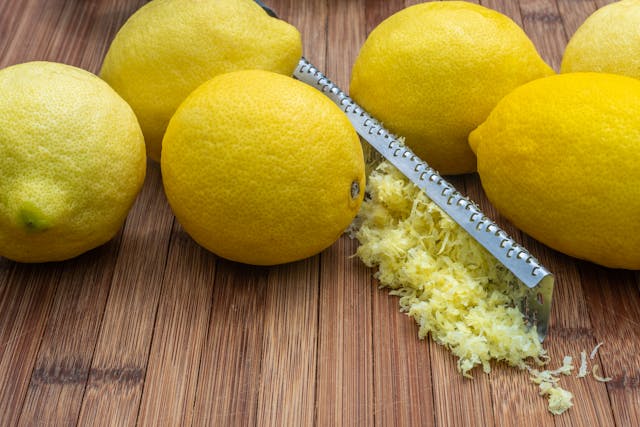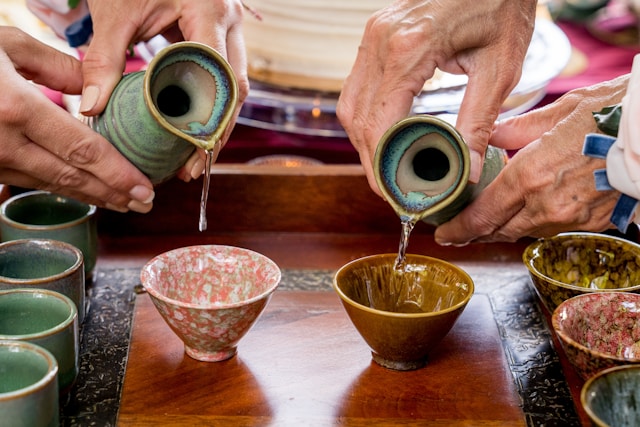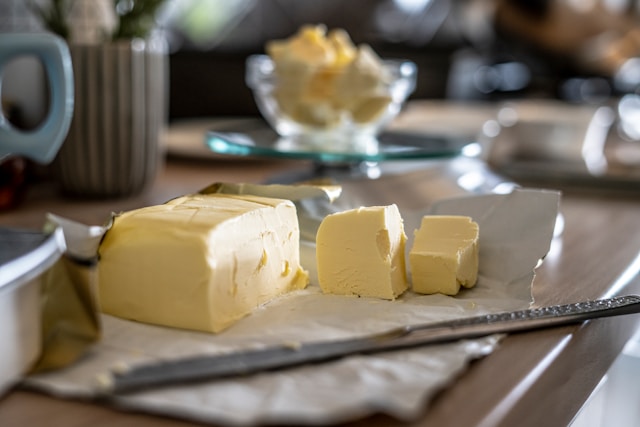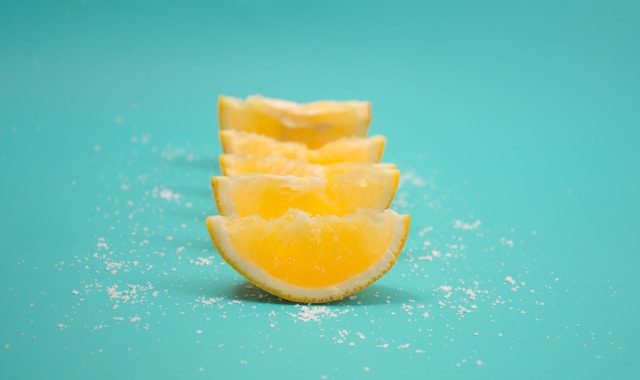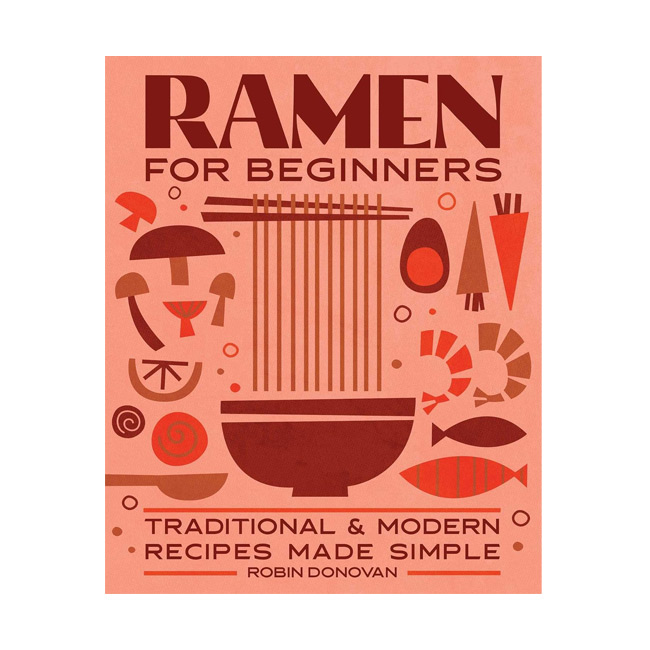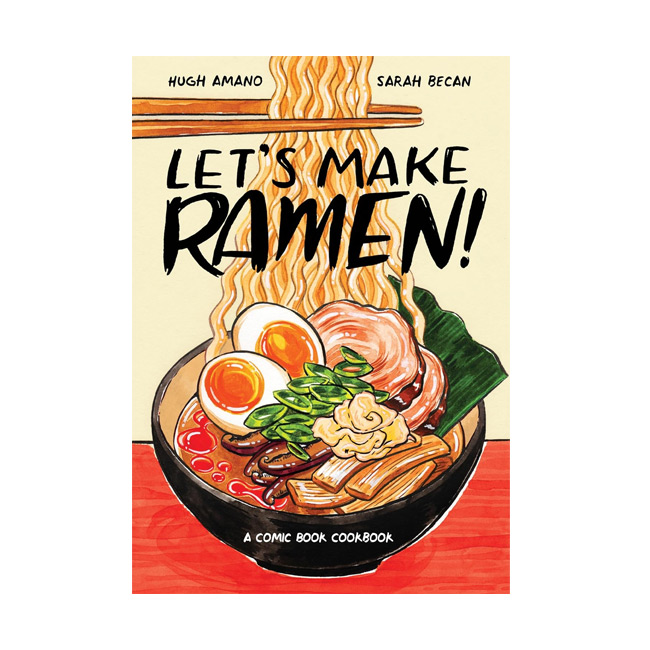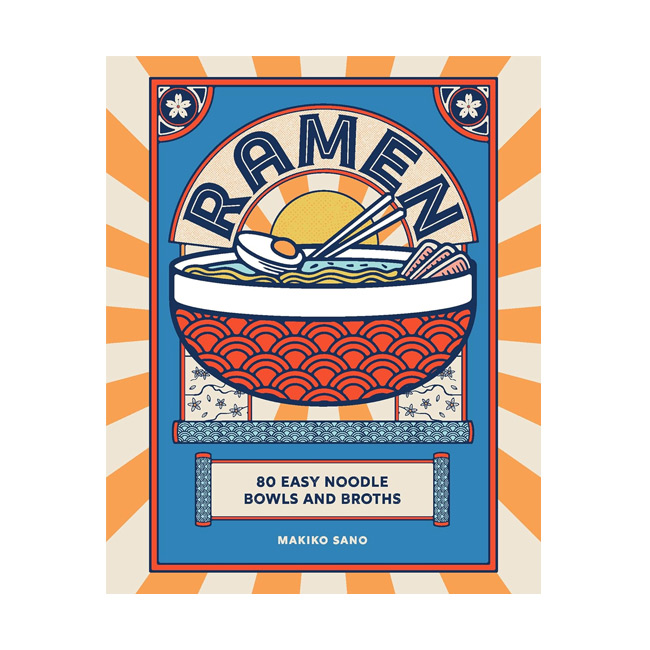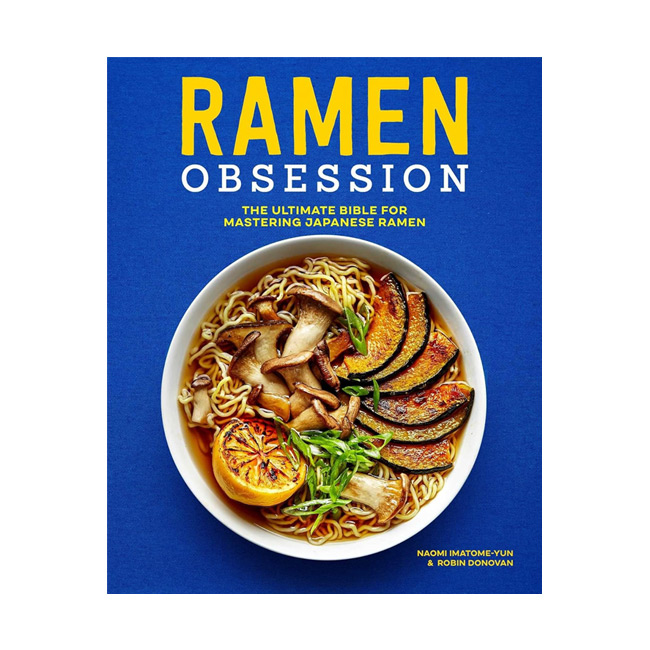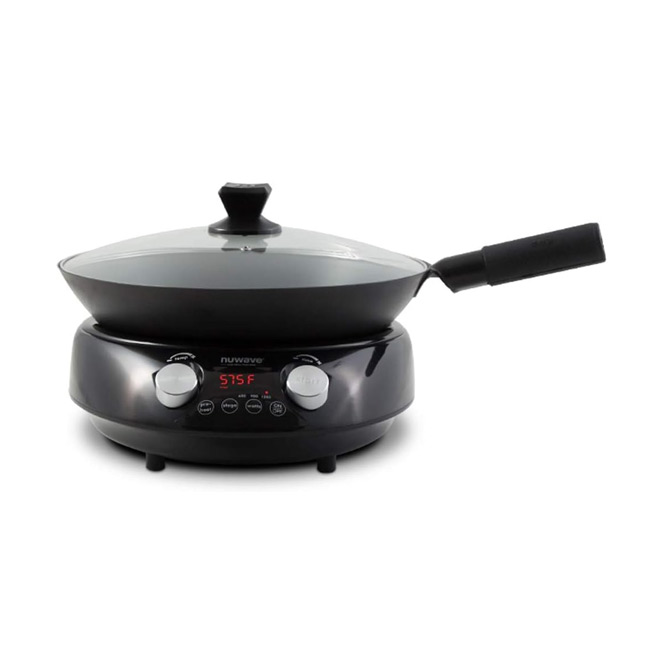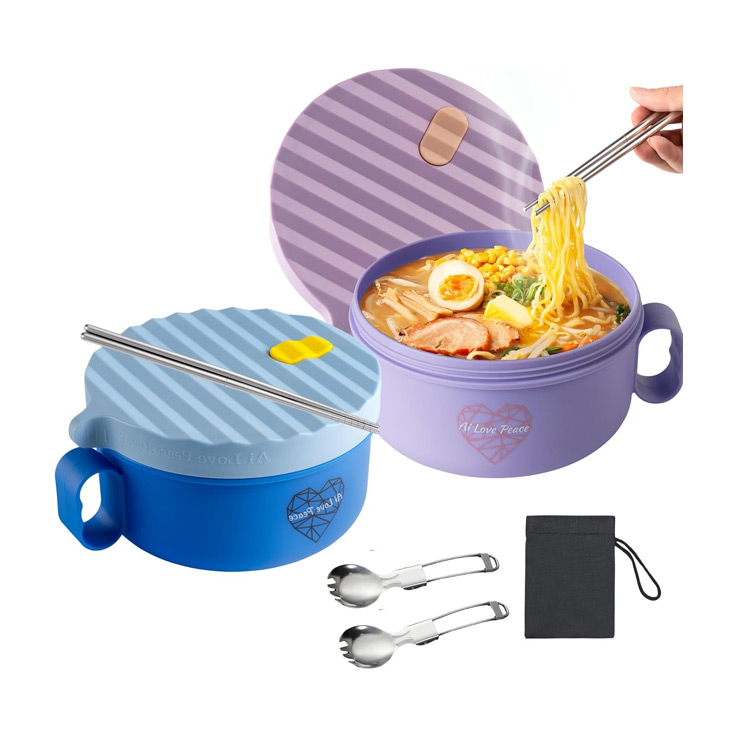Tare is a concentrated, salty mixture that serves as the flavor foundation for the broth. It’s typically added to the bowl before the broth is poured in, acting as the base that defines the overall taste of the dish.
There are several types of tare, each offering a unique flavor profile that shapes the character of the ramen. The most common varieties include shoyu (soy sauce-based), which adds a rich, umami depth; shio (salt-based), known for its light and clean taste; and miso, which delivers a bold, slightly sweet, and savory complexity. By selecting different tare types, ramen chefs can create a wide range of flavor experiences, even when using the same broth base.
Usage and Selection
Tare is usually placed in the bottom of the bowl before the hot broth is poured over it. This ensures it blends evenly, infusing the entire soup with its flavor.
The amount varies depending on the concentration of the tare and the desired saltiness or umami level. It’s often adjusted to balance the richness of the broth. Skilled chefs may tweak tare levels per bowl, especially in high-end ramen shops, to match a customer’s preference or the specific toppings used.
Choosing the right tare depends on several factors:
Broth Type:
- Rich broths (like tonkotsu): Pair well with miso or shoyu tare, which can stand up to the strong, fatty flavors.
- Light broths (like chicken or seafood): Often match with shio or lighter shoyu tare to keep things clean and balanced.
Desired Flavor Profile:
- Shoyu tare adds depth and umami, with a savory but not overpowering taste.
- Shio tare offers a delicate, saline sharpness that lets the natural broth shine.
- Miso tare gives a hearty, slightly sweet and nutty richness—great for bold, warming bowls.
Season & Mood:
- Lighter tares (like shio) work well in warmer months or when you’re after something refreshing.
- Heavier tares (like miso) are perfect in winter or when you want a comforting, full-bodied bowl.
Ingredients & Toppings:
Earthy or fermented toppings (like bamboo shoots, mushrooms, or fermented menma) go well with miso.
Delicate proteins (like chicken or seafood) pair best with shio or light shoyu.
Charred or grilled toppings (like chashu pork) are great with shoyu, which complements the umami.
Tare Quick Tip
Types of Ramen Using Tare
Dashi is a versatile seasoning that appears in numerous ramen variations, each benefiting from its umami depth. Below, we explore some popular types of ramen that incorporate this essential broth.

Shoyu Ramen
Shoyu ramen uses a clear and salty soy sauce broth and is considered fairly balanced, with many comforting flavors.

Shio Ramen
Shio Ramen is based on chicken broth. Its main seasoning is salt, and its toppings are usually a refreshing mix of seafood and veggies.
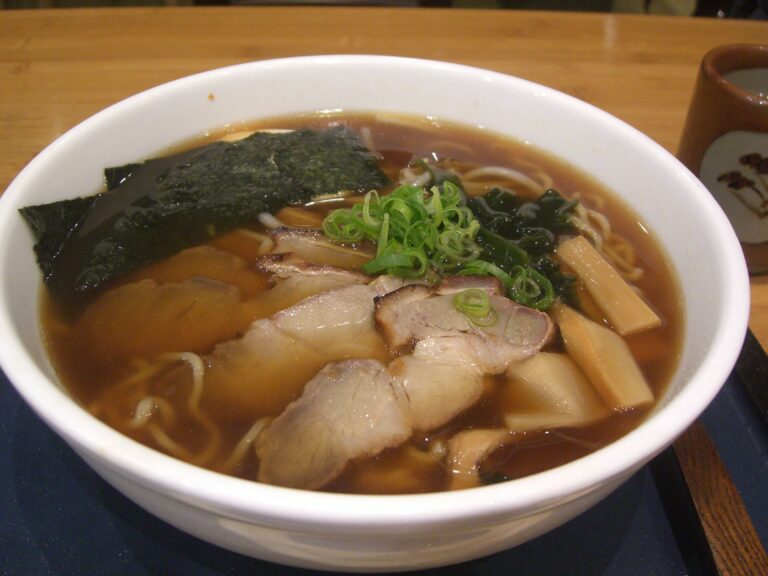
Chashu Ramen
Chashu ramen is a Japanese noodle soup known for its rich broth, tender braised pork belly, and flavorful toppings.
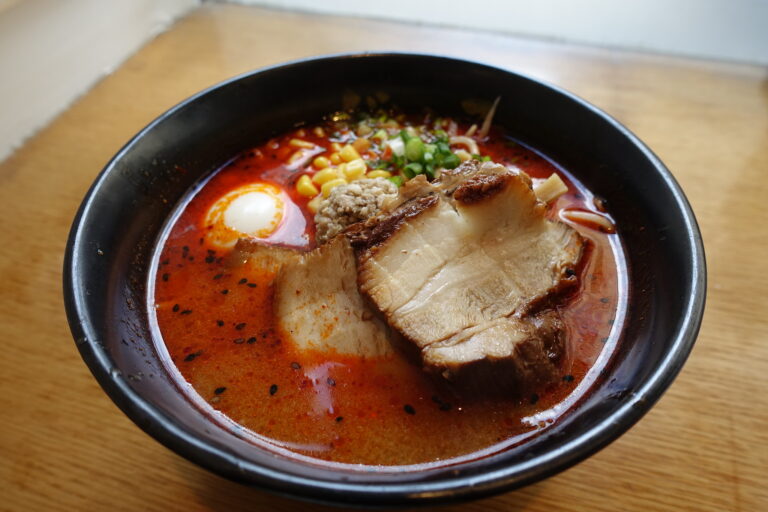
Spicy Miso Ramen
Spicy miso ramen features a rich, umami-filled broth with a fiery kick, springy noodles, and an array of delicious toppings.
Buy Dashi products Online
Enhance your culinary creations with these carefully selected ramen ingredients. From rich and savory miso pastes to fragrant and flavorful spices, discover essential and authentic Japanese items to add depth and authenticity to your dishes.

Ramen Ingredients: Ajinomoto Hondashi (Soup Stock)
Ajinomoto Hondashi is a high-quality, convenient, and versatile product that brings the authentic taste of Japanese dashi to a wide range of dishes.
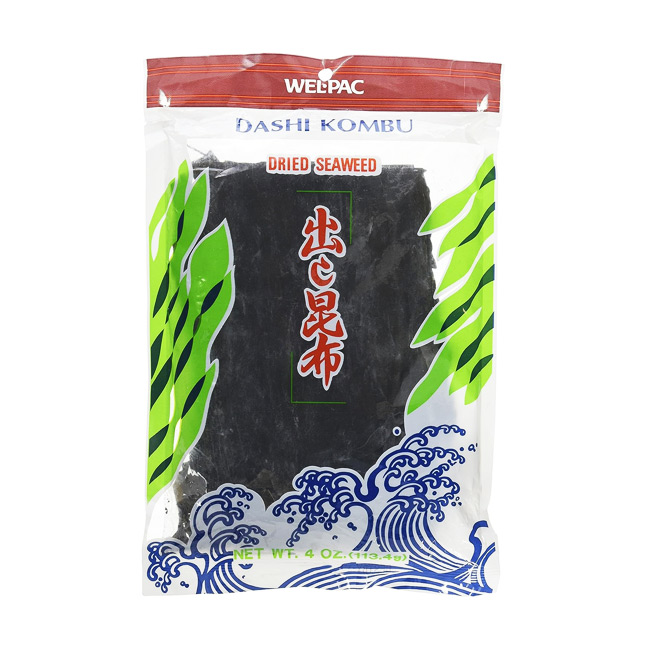
Ramen Ingredients: Dashi Kombu (Dried Seaweed)
Dashi Kombu Dried Seaweed has an authentic taste that makes it an excellent choice for enhancing the flavor of your culinary creations.


